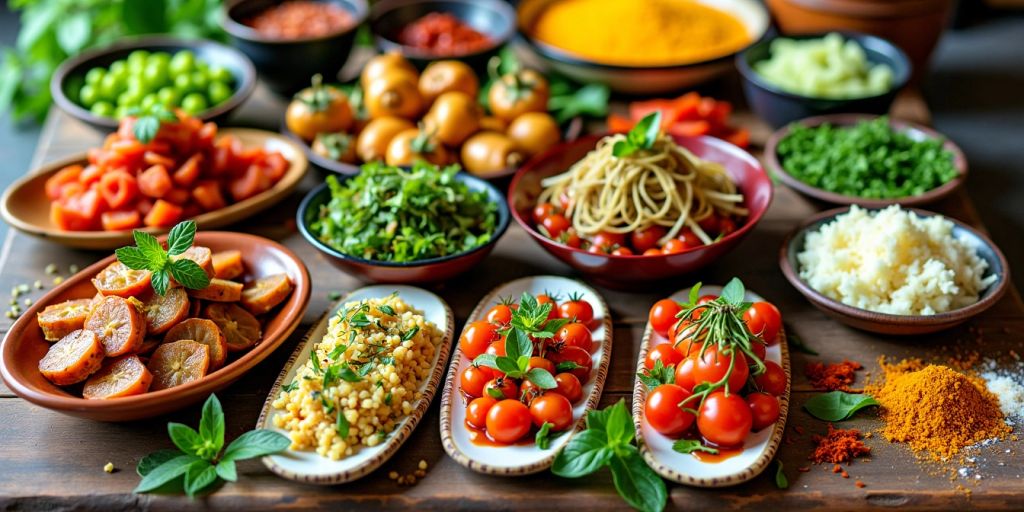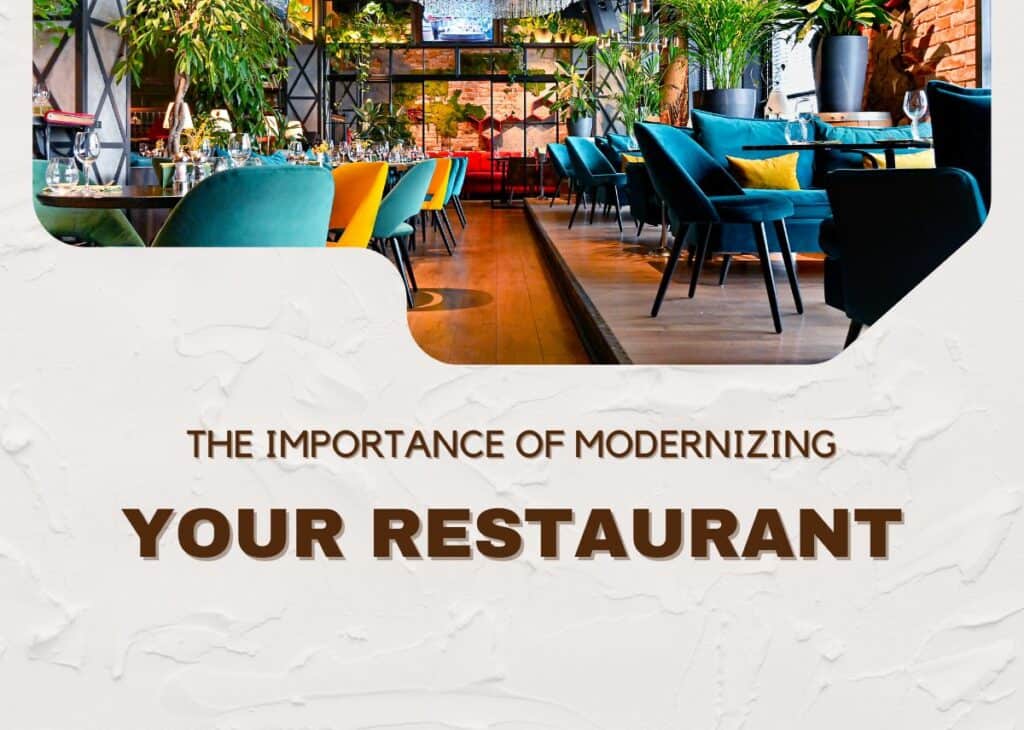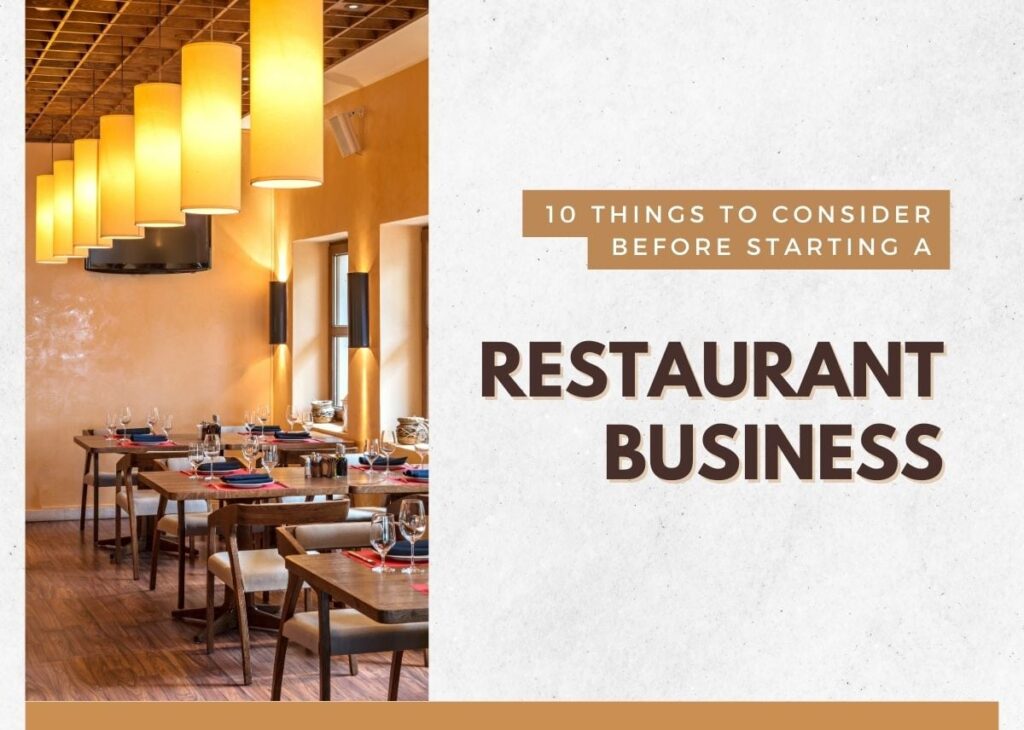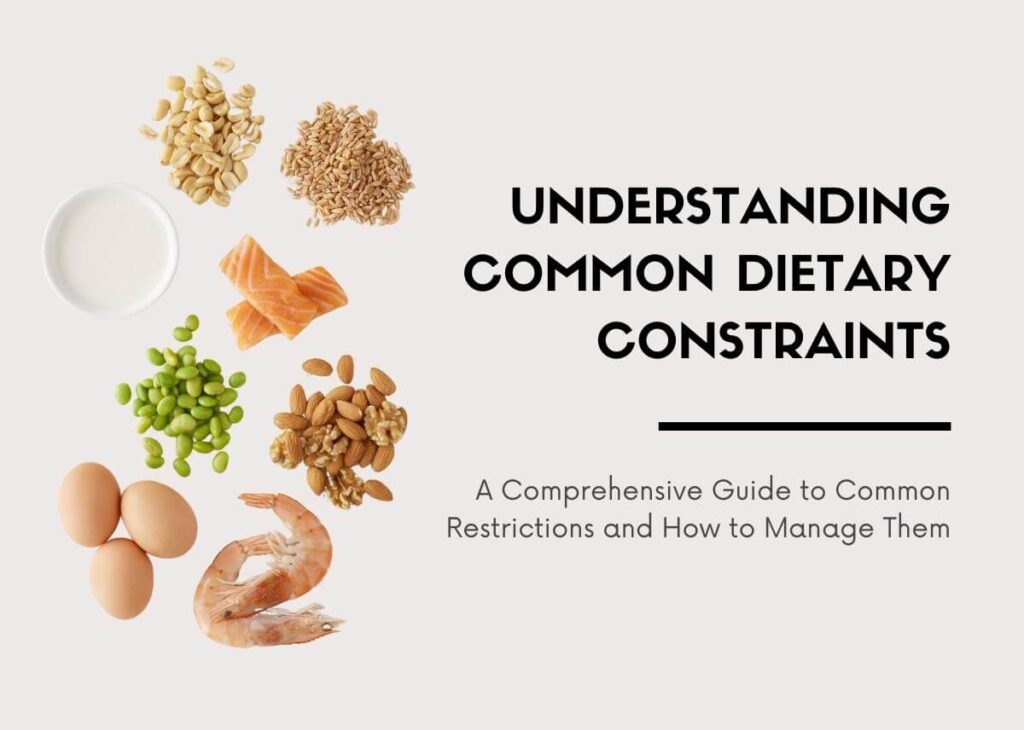10 Things to Consider When Making a Restaurant Menu

Discover the essential Things to Consider When Making a Restaurant Menu to create a well-balanced, profitable, and customer-friendly dining experience.
Learn key factors like pricing, seasonality, food cost, and customer preferences to design a menu that stands out.
A menu acts as a silent salesman, serving as a crucial tool that communicates the food and beverages offered at a restaurant. It is more than just a list of dishes; it represents the restaurant’s identity, influences customer choices, and plays a vital role in the overall dining experience.
A well-designed menu can enhance customer satisfaction, boost sales, and streamline restaurant operations.
In today’s food and beverage (F&B) industry, menus are not just about listing dishes; they are about selling an experience. Restaurants must focus on both taste and presentation while curating an experience that resonates with customers.
Table of Contents
The Art and Science of Menu Planning
Menu planning is an essential step in defining a restaurant’s operations and customer experience. It is both an art and a managerial activity that requires a blend of creativity, market research, and strategic decision-making.
A well-structured menu must be visually appealing, easy to navigate, and aligned with customer preferences and business objectives.
Many diners may not realize the depth of effort, thought, and expertise required to craft an effective menu. From culinary artistry to business acumen, menu creation involves numerous factors that impact profitability, efficiency, and brand identity.
Below, we explore
10 things to consider when making a restaurant menu
1. Understanding Your Target Market
One of the most crucial aspects of menu planning is understanding your target audience. Consider:
- Demographics: Are your customers young professionals, families, or senior citizens?
- Dietary Preferences: Do they prefer vegan, gluten-free, or organic options?
- Price Sensitivity: Are they looking for budget-friendly meals or high-end dining experiences?
- Cultural Influences: Are there regional or religious dietary restrictions to consider? By analyzing your customer base, you can design a menu that caters to their preferences and maximizes appeal.
2. Location and Competition
Your restaurant’s location significantly impacts menu design. An urban fine-dining restaurant will have a different menu than a small-town café.
Additionally, studying competitor menus helps identify gaps in the market and unique selling points (USPs). Offering distinctive dishes or signature items can differentiate your restaurant and attract more customers.
3. Menu Layout and Design
A well-structured menu enhances readability and influences customer decisions. Consider the following design elements:
- Logical Categorization: Organize items into clear sections (appetizers, main courses, desserts, beverages).
- Font and Readability: Avoid overly decorative fonts; ensure the text is easy to read.
- Color Psychology: Use colors strategically (e.g., red stimulates appetite, green promotes healthy eating).
- Images vs. Text: High-quality images can entice customers, but too many can make the menu look cluttered. A well-designed menu not only enhances aesthetics but also subconsciously guides customers toward high-margin items.
4. Pricing Strategy
Effective menu pricing involves balancing affordability for customers while ensuring profitability. Key factors include:
- Food Cost Percentage: Ideally, food costs should be around 28-35% of the menu price.
- Psychological Pricing: Ending prices with .99 or .95 can create a perception of value.
- Bundle Pricing: Offering combo meals can increase sales and perceived value.
- Upselling Opportunities: Strategically pricing add-ons and extras can boost revenue. Pricing should be competitive yet sustainable, reflecting the quality and uniqueness of your offerings.
5. Seasonality and Ingredient Availability
A seasonal menu ensures freshness, enhances flavor, and reduces costs. By incorporating locally sourced ingredients, restaurants can:
- Enhance sustainability and support local farmers.
- Reduce supply chain costs and wastage.
- Offer dynamic, changing selections that keep customers engaged. For example, in winter, hearty dishes like slow-cooked meats and root vegetables work well, while summer menus benefit from fresh fruits, salads, and seafood.
6. Kitchen and Staff Capabilities
An ambitious menu is useless if the kitchen lacks the capacity to execute it efficiently. Consider:
- Size and Layout: Can the kitchen handle complex preparations?
- Brigade Strength: Does the staff have the skills to prepare the menu consistently?
- Equipment Availability: Are the necessary tools available for preparation?
- Service Style: Fast-casual menus differ from fine-dining menus in complexity and preparation time. Ensuring that menu items align with kitchen capabilities prevents delays, waste, and quality inconsistencies.
7. Flavor Profiles, Texture, and Visual Appeal
A diverse menu should balance:
- Flavor Variety: Sweet, savory, umami, tangy, spicy, and bitter elements should be well-represented.
- Texture Contrast: Crunchy, creamy, tender, and chewy textures add dimension to dishes.
- Visual Presentation: Attractive plating enhances the dining experience. An effective menu creates a multisensory experience that keeps customers returning.
8. Menu Differentiation and Signature Dishes
A restaurant must have signature dishes that define its brand. Unique, innovative, or fusion dishes set you apart from competitors. Consider:
- Adding a chef’s special or limited-time offerings.
- Experimenting with unique ingredients or cooking techniques.
- Offering regional specialties or modern twists on classic dishes. A menu with standout items creates a memorable dining experience and strengthens brand identity.
9. Nutritional and Allergen Information
Customers are increasingly conscious of health and dietary requirements. Providing:
- Nutritional breakdowns (calories, protein, carbs, fats).
- Allergen information (gluten, nuts, dairy, etc.).
- Health-conscious alternatives (low-carb, keto, vegan, etc.). This transparency builds trust and caters to health-conscious diners, improving customer loyalty.
10. Continuous Evaluation and Customer Feedback
A successful menu evolves based on:
- Customer Feedback: Reviews and suggestions help refine offerings.
- Sales Data Analysis: Identify popular and underperforming dishes.
- Market Trends: Stay updated with emerging food trends and dietary shifts.
- Trial Periods: Introducing new dishes as specials before adding them permanently helps gauge reception. Regular menu adjustments keep offerings fresh, relevant, and aligned with customer expectations.
Conclusion
Crafting an effective restaurant menu requires meticulous planning, market analysis, and creativity. Things to consider when making a restaurant menu include understanding the target market, strategic pricing, seasonality, kitchen capacity, and customer preferences.
A well-structured menu enhances customer satisfaction, optimizes operational efficiency, and drives profitability.
By integrating modern trends such as nutritional transparency, signature dishes, and thoughtful design, restaurants can create a menu that resonates with diners and keeps them coming back for more. With a strong foundation in menu planning, restaurateurs can transform their menus into powerful tools for success.
No comments yet
Leave a Reply
You must be logged in to post a comment.







Fantasticcccccc!!!!